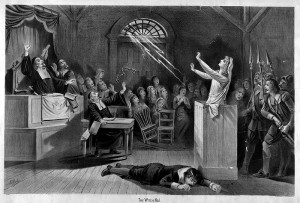This post was kindly written for us by IHR intern Alex Thompson.
 Connected Histories is a website made for online research of a variety of different topics ranging between 1500 and 1900. When typing in and searching for a particular topic, the search will include results from many different sources, which means that it’s easy to get a wide range of information. It is also possible to narrow your search to select resources, a particular time period or different source types, making searching for something particular a lot faster and easier.
Connected Histories is a website made for online research of a variety of different topics ranging between 1500 and 1900. When typing in and searching for a particular topic, the search will include results from many different sources, which means that it’s easy to get a wide range of information. It is also possible to narrow your search to select resources, a particular time period or different source types, making searching for something particular a lot faster and easier.
To try out this website for myself, I searched ‘Essex’ as that is where I live and I was interested to find out some of the history of the county. I managed to get 407,990 matches across 22 resources, which proves how much information is available.
Scrolling through the results, I was interested to find many witch cases from Essex, using the resource Witches in Early Modern England, which contains witchcraft narratives from Early Modern England. This included a woman found guilty of bewitching her own son. It was fascinating to read that this happened in Colchester, a place that I know fairly well.
Results from the History of Parliament Online, which contains detailed biographical entries for members of parliament, also popped up and I discovered that Sir Richard Rich was elected to parliament for Essex twice around the time of 1640.
Furthermore, I discovered from the Old Bailey Online, a website that has accounts of trials held at the Old Bailey in London that a man from Essex was found guilty of stealing a coat and a waistcoat. This surprised me as I would not expect to find that kind of detail, though it could easily be very useful in some research projects.
When typing in Essex, I had to bear in mind that it is a name as well as a place, an obvious one being the Earl of Essex. However, this made the whole experience even more interesting as a result from Queen Victoria’s Journals came up, a website that makes available vast volumes of Queen Victoria’s journals, telling me that Essex lunched with her in October 1832, and so from there I clicked on the Journals and read a few more entries that gave me an in depth and really interesting look into the Queen’s life and what she did with her family and her friends.
I was very impressed how just a simple search with no filters brought up so many fascinating results that I could have spent hours looking at and reading. When using Connected Histories, its great how it can start off with a particular search term but then in a few clicks, you can be looking at something completely different that is still just as interesting. As I am only in my second year of university, I have not yet decided what I would like to do for my dissertation, so with nothing in particular in mind, it was thought-provoking to use Connected Histories to just build up my knowledge of topics that I have a general interest in.
